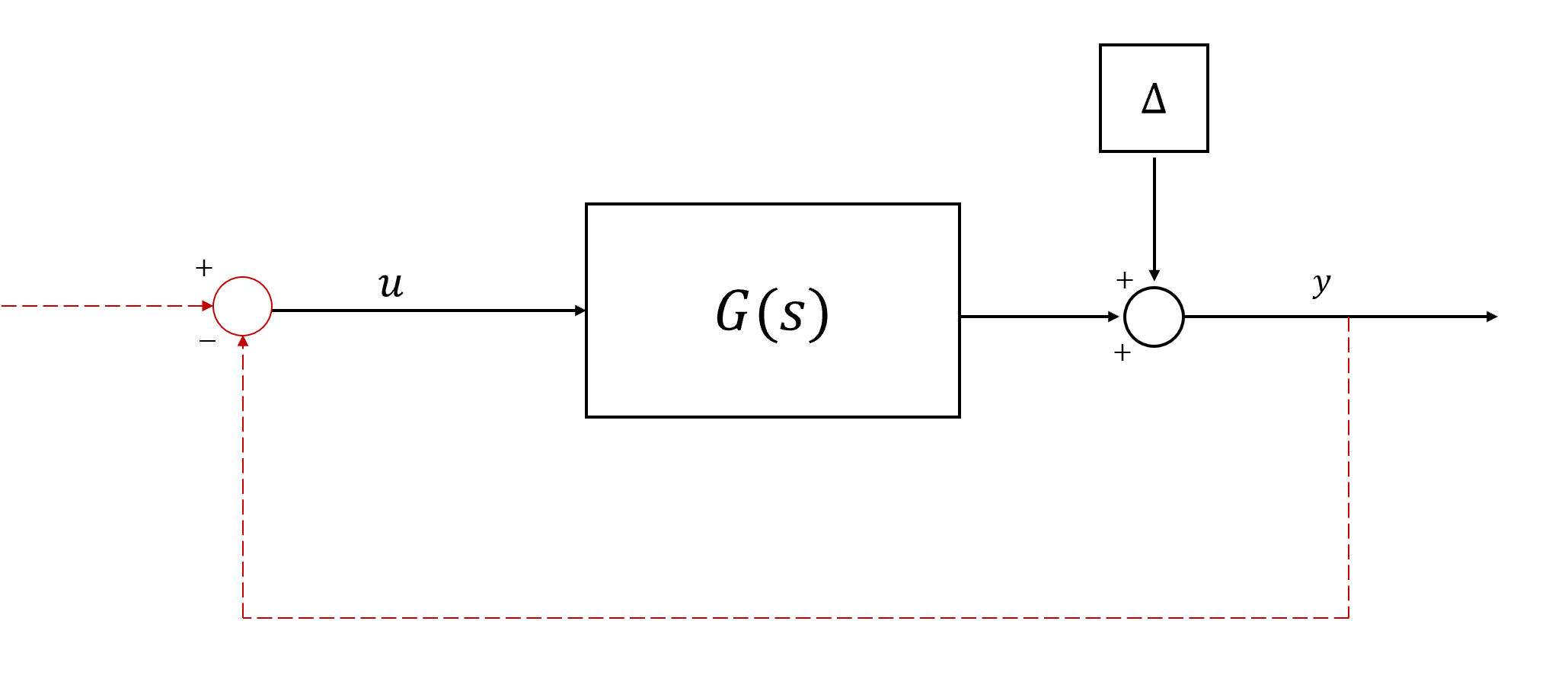How do you create a state space representation of the following input/output equation:
$$ \dot{y} = -ky + u + a\sin(ωt) $$
where the parameters $k$, $a$, and $ω$ are unknown.
The end goal is to create a model reference adaptive controller (MRAC) using only the measurements of the input and output of the system. I believe the first step of this process is to create a state space model for the system from the equation given above. Without the addition of $a\sin(ωt)$ this would be a simple problem but that additional sine term is throwing off my calculation.
